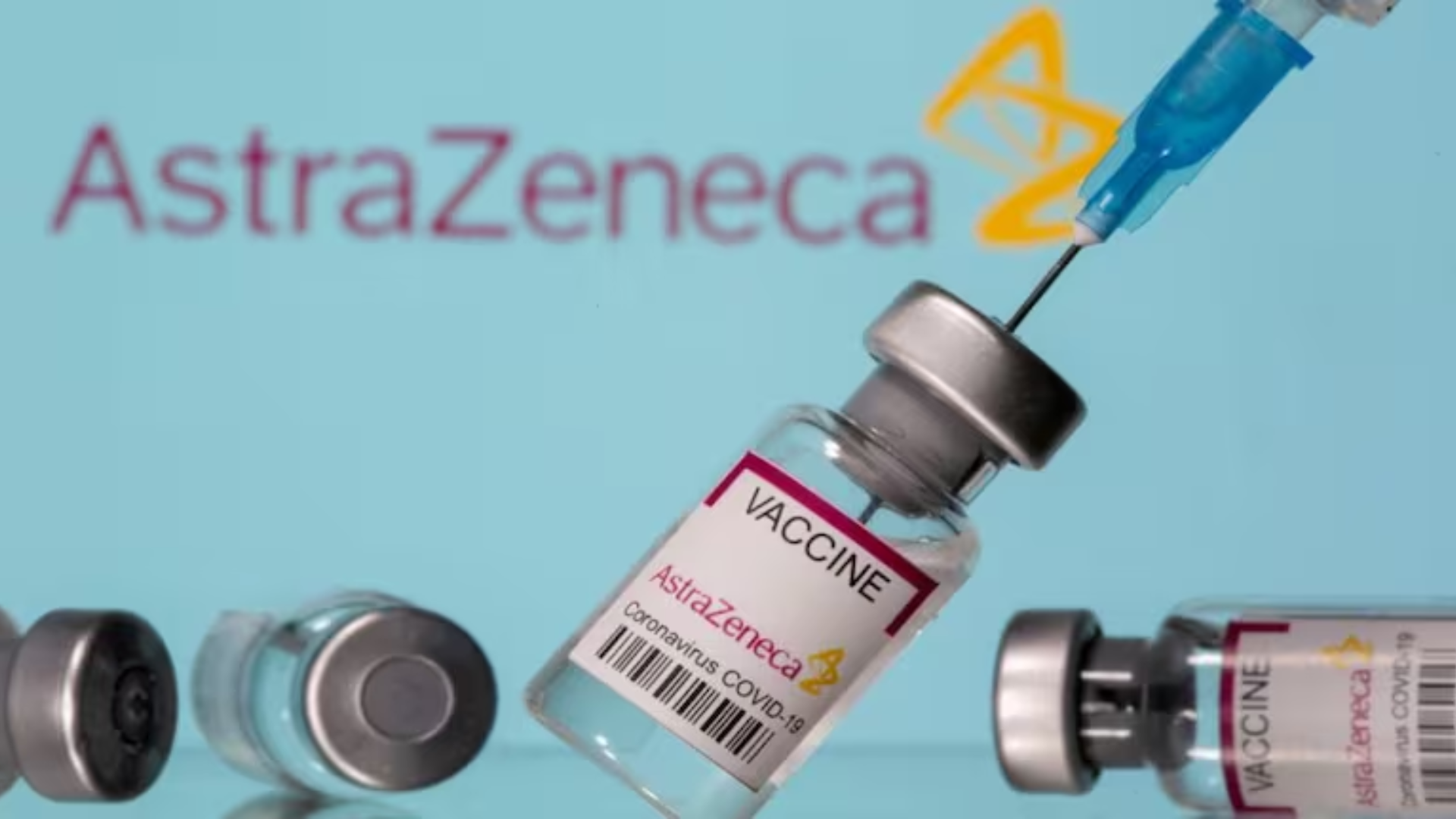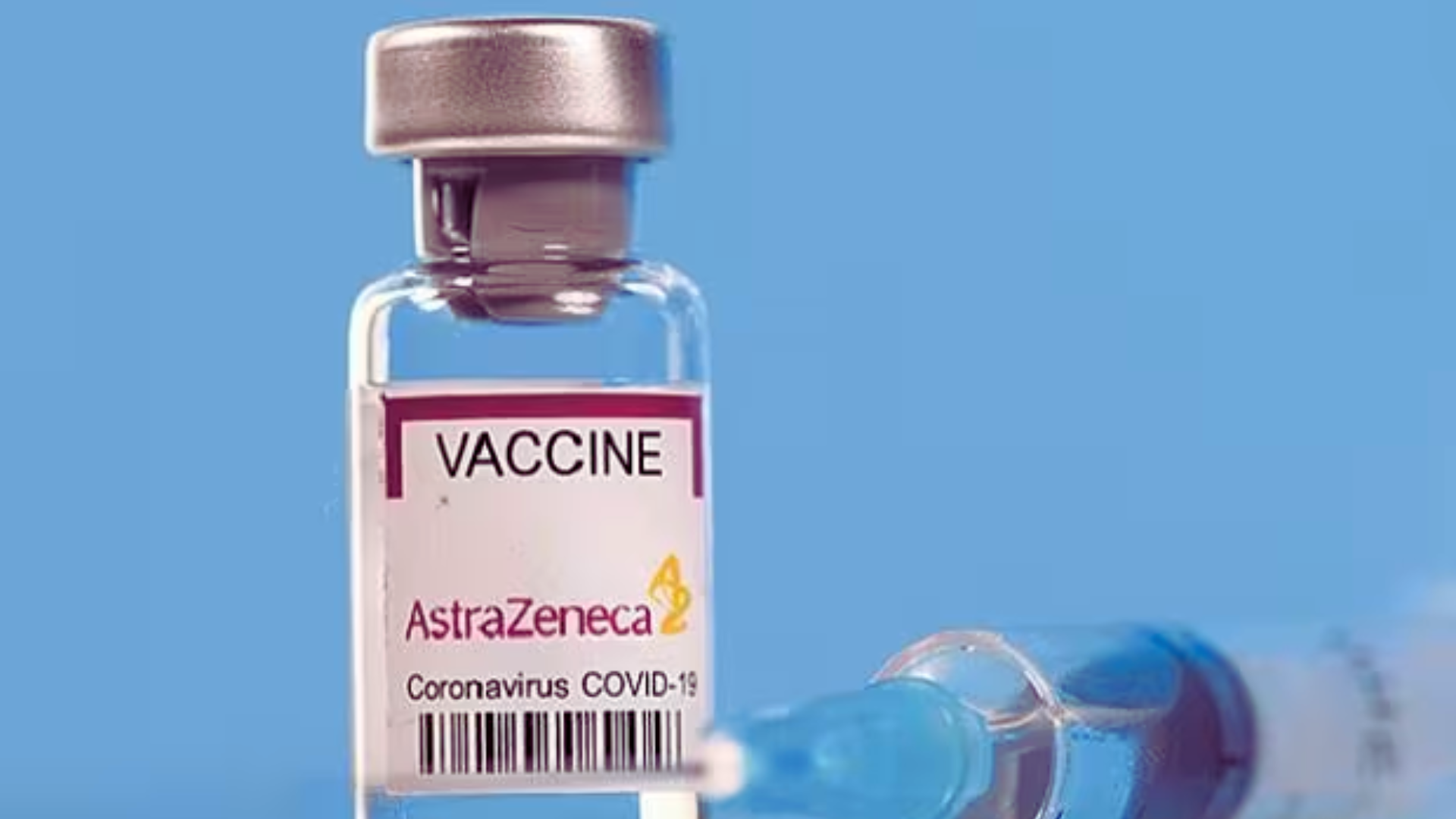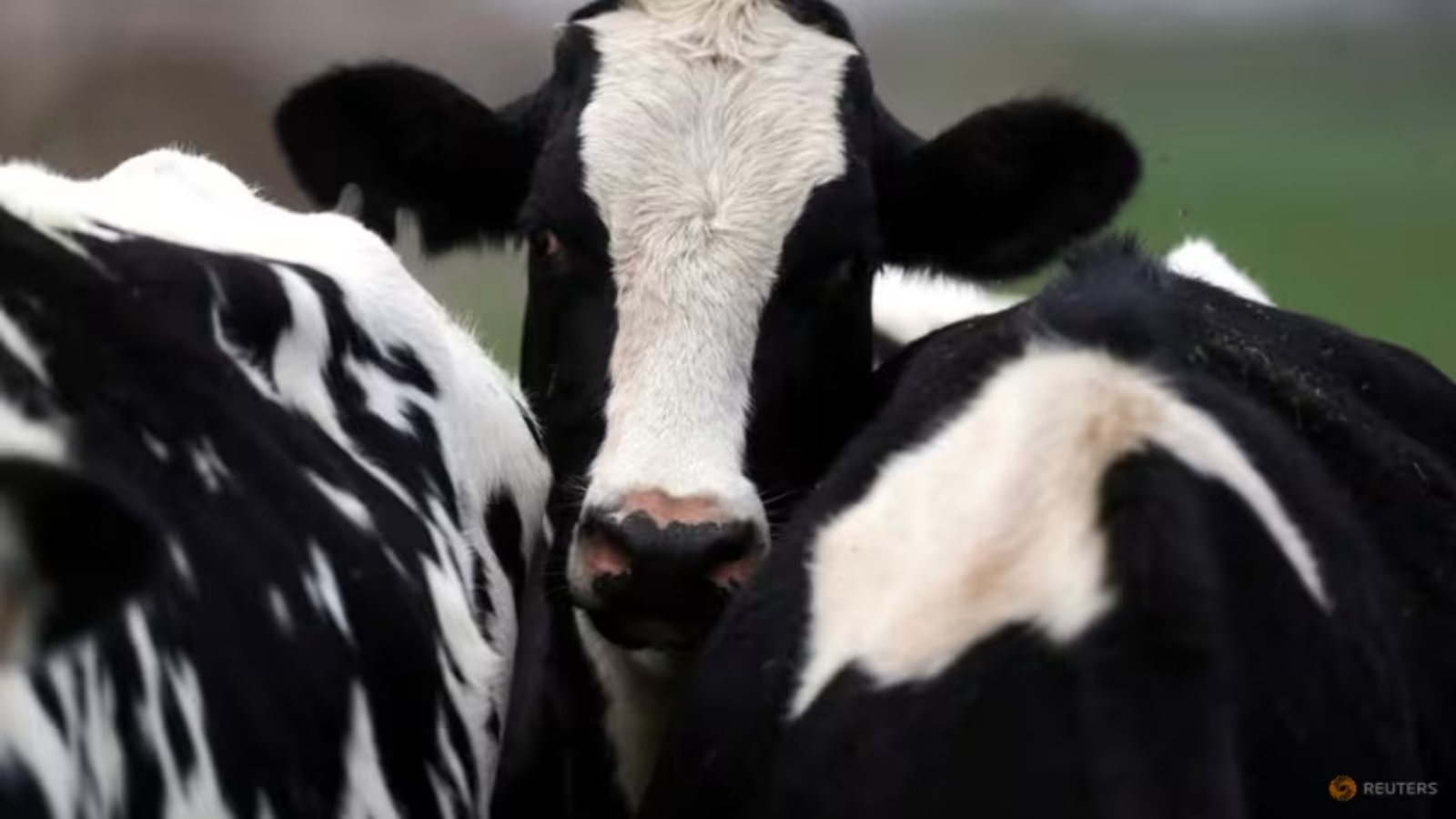










The World Health Organization (WHO) announced on Friday that the H5N1 bird flu virus strain has been detected in significant concentrations in raw milk obtained from infected animals. However, the duration for which the virus can survive in milk remains unclear.
The H5N1 avian influenza strain first emerged in 1996, and since 2020, the number of outbreaks among birds has increased dramatically, with a simultaneous rise in infections among mammals.
This strain has resulted in the deaths of millions of poultry, as well as infections in wild birds, land mammals, and marine mammals.
Of note is the recent inclusion of cows and goats in the list of infected animals—a surprising development for experts who previously believed these animals to be resistant to this type of influenza.
Earlier this month, authorities in the United States reported that a person working on a dairy farm in Texas was recovering from bird flu after exposure to infected cattle.
Also read: Elon Musk Likely to Postpone India Visit Amidst Tesla’s Critical Quarter Review
“This case in Texas marks the first instance of a human contracting avian influenza from a cow,” stated Wenqing Zhang, head of the global influenza program at the WHO, during a media briefing in Geneva.
Zhang highlighted that during current outbreaks, transmission from birds to cows, between cows, and from cows to birds has been observed, suggesting the virus may have alternative pathways for transmission previously unrecognized.
Zhang further disclosed that the virus has been detected in milk obtained from infected animals, with a notably high virus concentration, although investigations are ongoing to determine the virus’s survival period in milk.
According to Zhang, the Texas Health Department assured that infections in cattle do not pose a threat to the commercial milk supply, as dairy farms are mandated to discard milk from infected cows, and pasteurization effectively eliminates the virus.
Zhang emphasized the importance of safe food practices, advocating for the consumption of only pasteurized milk and milk products.
Since 2003 to April 1 of this year, WHO has recorded 463 deaths from 889 human cases across 23 countries, indicating a case fatality rate of 52 percent.
Zhang noted that the recent human cases reported in Europe and the United States during the virus surge have been mild.
As of now, there is no evidence indicating human-to-human transmission of A(H5N1).
Furthermore, Zhang emphasized that the A(H5N1) viruses identified in cows and the human case in Texas have not exhibited increased adaptation to mammals.
Regarding potential vaccines, Zhang mentioned that several are in development, ensuring readiness to produce vaccines promptly if necessary.
“In the case of this specific H5N1 virus detected in dairy cows, there are a couple of candidate vaccine viruses available,” stated Zhang.
In the event of a pandemic, approximately 20 influenza vaccines licensed for pandemic use could be tailored to the specific virus strain circulating at the time.
Infections among dairy herds have been reported and are under investigation in multiple US states. Additionally, a person working on a dairy farm in Texas is recovering from bird flu after exposure to infected cattle.
Officials characterize these recent cases as a further indication of the virus’s spillover into mammals. Investigations are ongoing to determine how long the virus can survive in raw milk from infected cows.
A recent outbreak of a dangerous disease in Kerala’s Alappuzha district has also raised concerns among local authorities. News reports confirm that the disease has been detected in ducks following positive test results from samples.
In response to this situation, the Animal Husbandry Department in Kerala has launched several significant initiatives to curb the spread of the virus. These measures include upgrading laboratory networks, establishing advanced diagnostic facilities, and introducing lateral flow kits for swift and efficient disease diagnosis at the field level.









